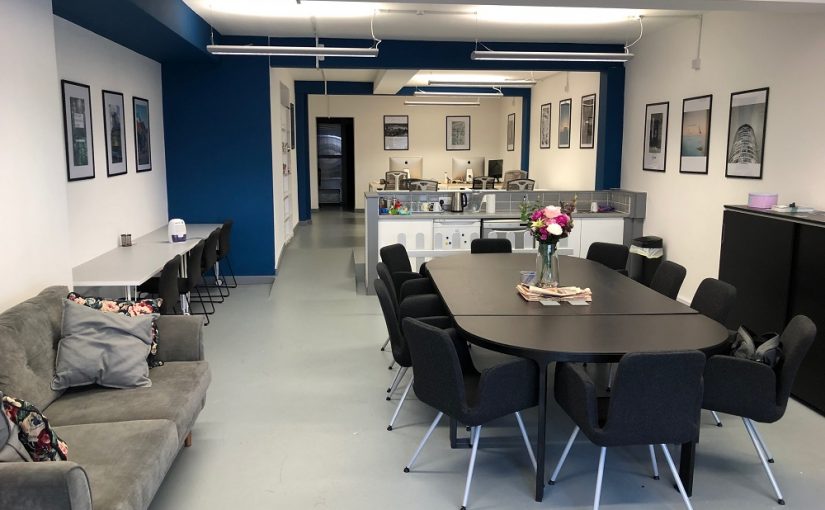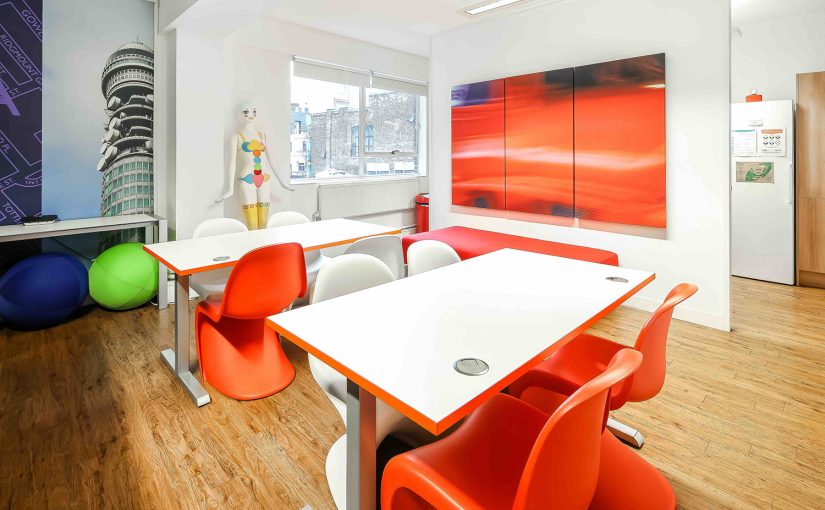Allowing your firm members to work remotely can really play a big role in boosting morale and improving the employer-employee equation. Paying heed to your employee’s needs and their wishes reals amps up their zeal to perform better for you. Emergencies or situations that abstain a person from being physically present at the workplace can arise anytime and as a firm owner when you’re empathetic to the call of your employees, it instills a sense of security in them towards their employer. Many surveys have stated that firms who promote/allow remote working for their employees receive up to eight times more job applications than other firms who do not.
Let’s know 3 ways, how you can reap the benefits of remote working:
Redefine Your Policies
Firm owners, who are not very open-minded, have a deluded perception about remote working. Such a view can hinder the adoption of new concepts and work culture. One should acknowledge the fact that the concept of remote working is not all that new, it has been around in the past decade. Many firms have off-site consultants and tax prepares that pitch for clients. The human resource department of your firm should develop official policies based on remote work practices that already exist and work around the preferences, work culture of your employees. There should be parameters and limits to keep the employees in check when they work remotely such as quality of work, detailed performance report, and time taken to complete the designated task. Remote staff should not be treated any differently from the on-site employees. They should also be expected to abide by the firm policies, including the security and confidentiality clauses.
Check and Upgrade Your Technological Infrastructure
You can get around a seamless remote work process only if you have the right technology for it. Without the proper technological infrastructure, you won’t be able to conduct remote working collaboration. One of the key steps, in order to implement a remote work friendly environment, is to digitize all client data and inter employee communication so that work documents, applications for tax accounting can be accessed simultaneously in a collaborative manner. In order to ensure uniformity, it should be made sure that all these tools and applications can securely be accessed at the same performance levels across all systems and employees, whether onsite or remotely. The best resort to ensure a uniform, unaltered access to data anytime anywhere is cloud hosting. Almost all of your accounting, tax, and payroll software are cloud compatible and yield better productivity, when on the cloud. With apps on the cloud, employees can access their work data from any smart device with internet connectivity. This would eliminate the need for them to be tied down to their computers and would grant them the freedom to work at ease, while as a firm owner, you get the benefit of all your tasks getting completed. When configuring the environment for remote working, one optimal factor that needs to be kept in mind is that all remote workers need to figure out a separate, private space, that shall be free of distractions and is safe enough to store confidential physical documents.
Upgrade Your Communication Tools
Collaborative digital communication plays a vital role when it comes to extracting the maximum possible productivity from remote working employees. This is where apps like Skype, Slack, Trello, and Microsoft Teams come into play. These apps help integrate messaging, audio and video communication, task assigning in groups, and screen sharing thus promoting inter-employee interactions regardless of location. Putting these tools to positive use enhances overall project management digitally and allows everyone involved in a particular project, gain access to project status, track advancements, and raise requirements if any. These apps are easy to install, use, and update thus promoting the remote work culture and encouraging the employees to give their fullest even when not physically present in the office premises. Seamless sharing of information and collaborative working when using such tools, help cope with the challenges that may have otherwise risen.
Conclusion
With millennials comprising most of the workforce in the present day, promoting remote work has become a surging trend. The millennials tend to keep quality of life and comfort working amongst their top priorities and remote working allows just that. Companies should start off by making gradual changes in order to promote remote work and off-site employees. With the advancement in technology, it is hardly a drawback to not have an employee physically present in the office. The modern-day tech, lets the employer be well connected and in sync even with the remote employees. Failing to offer and implement remote work can put firms in a compromising position and with a competitive disadvantage. If your firm isn’t on the remote working trend yet or doesn’t have policies in accordance with it, then now is just the right time to get started!
Article Source: https://EzineArticles.com/expert/Tina_S_Smith/1671325
Article Source: http://EzineArticles.com/10243886



